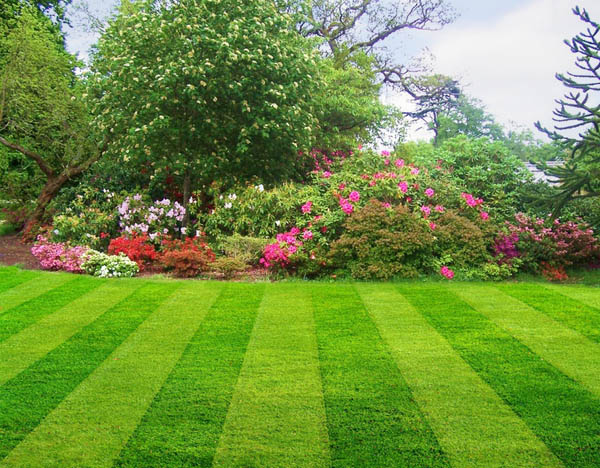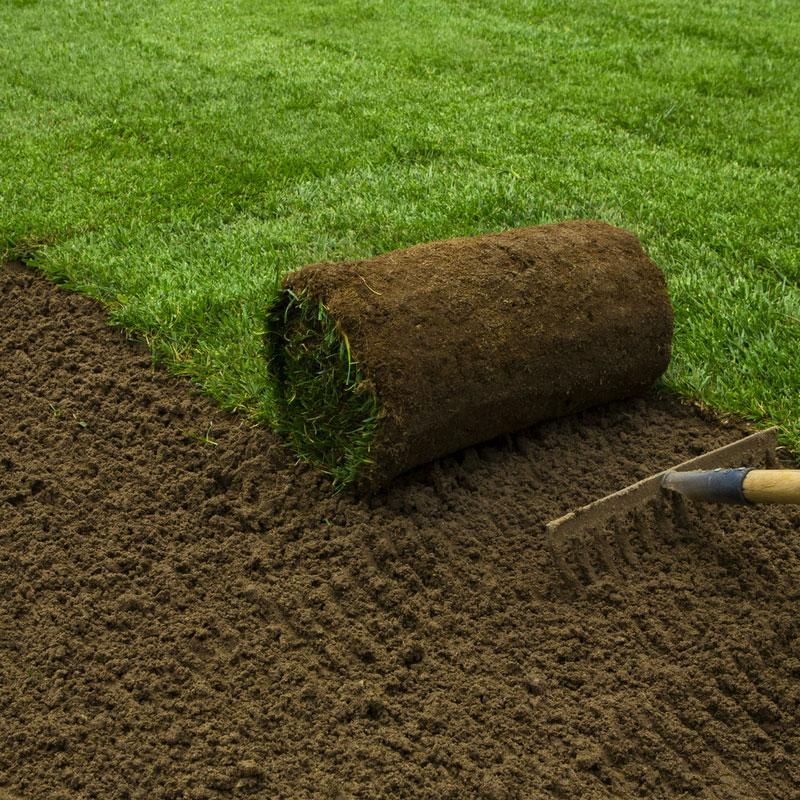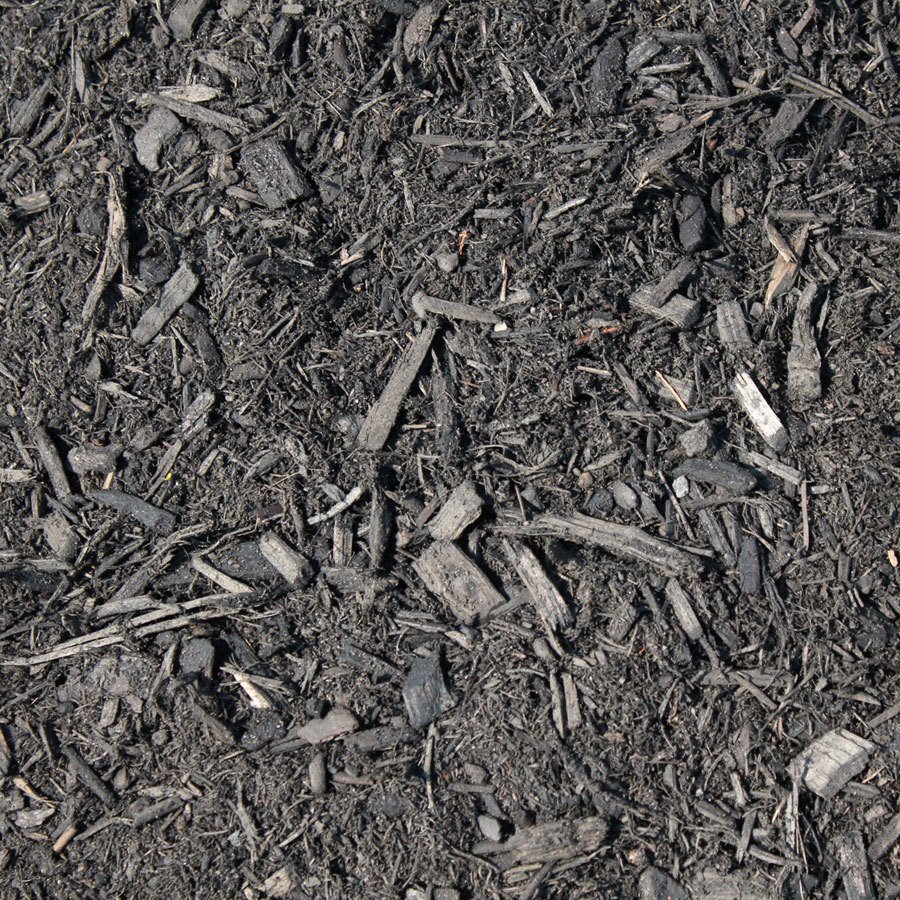7 Steps to a Better Lawn
You’ve tried multiple fertilizers, grass seeds, and watering techniques, but that beautiful, lush green lawn still eludes you.
Why does the neighbor’s lawn always seem to look a little greener and healthier than yours?
Read on for the 7-step guide that will give you the beautiful lawn that you’ve been dreaming of!

1. Start with a Soil Test
A soil test is an essential starting point for developing your lawn beautification plan. Soil pH and the essential elements in your soil are key pieces of information that this test will highlight.

The soil pH that’s ideal for your lawn or garden is 6.5-6.9% (neutral). Applying a lime fertilizer will help soil that is too acidic. A soil acidifier or organic amendments such as compost or manure can be applied to soil that is highly alkaline.
The 6 essential elements of your soil include potassium (2-5%), magnesium (10-15%), calcium (60-80%), hydrogen (10-15%) and sodium (0-3%). Soil is a major source of nutrients needed by plants, and these nutrients are essential for the healthy growth of your lawn. Lawn grass will suffer if there is an imbalance or lack of any of these nutrients.
Bring your soil sample to Northeast Nursery, and we’ll send it offsite for testing for a fee of just $19.99. So take that first step, perform a soil test and you’re on your way to lawn care success!
2. Correct Compacted Soil
When soil is compacted; air, water, and organic material are not able to circulate and provide your lawn with the nutrients that it needs.
How to Spot a Compacted Lawn:
- Soil is compacted if it does not spring back.
- If the tines of a garden fork penetrate less than 2”, the soil is compacted.
- Soil is likely compacted if you have more weeds than turf.
- Heavy foot or vehicle traffic will compact your soil.
If any of the above statements sound familiar, use the following steps to correct your compacted soil:
- Water your lawn thoroughly.
- Core aerate no more than 2 days after watering.
- Top-dress the lawn with a compost or soil enhancer.
- Continue with your regular mowing and watering schedule.
Once you correct compacted soil, root growth increases and the soil is able to drain.
Now you’re one step closer to the lawn of your dreams!
3. Repair Bare Spots
The first step in repairing bare spots in your lawn is to determine the cause.
Is it traffic from kids or pets? Could it be some type of pest?

If grubs are causing the bare spots, put down a 24-hour grub killer right away.
Otherwise, you can repair the bare spots this way:
-
Remove any rocks, twigs, branches, etc.
-
Loosen the soil on the surface by using a rake.
-
If your dirt is high in clay, add topsoil.
-
Apply a high phosphorous content fertilizer.
-
Spread grass seed at 1 ½ lbs. per 1,000 sq. ft.
-
Water 3-4 times per day for 2 weeks.
-
Mow the grass once it is 3-4” tall.
Ok, you’ve won the battle of the bare spots! What’s next?
4. Select Your Grass Seed
There are 2 grass types, cool season and warm season. You can determine which type is right for your lawn based on where you live, sun exposure, amount of traffic, fertilizer application, and your mowing schedule.
Here in zone 5, our climate and temperature indicate that cool season grasses are most appropriate. Some examples of cool season grass seed that work well in our zone are:
- Bentgrass
- Bluegrass
- Fescue: Tall & KY-31
- Fescue: Creeping Red
- Ryegrass: Annual
- Ryegrass: Perennial
See the Turf Seed Selection Chart below for different varieties of grass seed and the optimal conditions for each type.

Once you’ve found the grass seed that suits your climate and lawn maintenance style, you’re ready to grow!
As part of Northeast Nursery’s custom seed blending program, we’ve created some high-performing mixes for every application:
- Rugby II L S Hybrid : A turfgrass seed mixture for residential or commercial lawns which feature little to no irrigation or extreme hot conditions; can also tolerate shade and performs well in low maintenance areas, proprietary turf type tall fescue seed varieties are featured in this mix and further bolstered by Hybrid Thermal Bluegrass. All Varieties are highly rated in the NTEP trials for drought and heat situations, as well as highly disease resistant.
- Andover CC 50/50 Mix: A 50% Bluegrass / 50% Perennial Ryegrass, this mix features aggressive Kentucky bluegrasses and GLSR perennial ryegrasses which have high NTEP ratings for cold tolerance. These varieties are ideal for use in New England and provide complete genetic diversity for outstanding performance.
- Northeast Nursery Salt Tolerant Seed Mixture: Our newest offering to our Premium Line of Turf-grass seed. Each variety has high salt tolerance and does well in sun and shade. This mix features the very best varieties from Landmark professional Seed which are highly rated in the NTEP trials for excellent color, salt, drought tolerance and disease resistance. This mix requires low to average fertility and maintenance programs.
- Economy Sun/Shade: Economy Sun/Shade, 50lb
- Fine Fescue Links Blend (100% Fine Fescue): A fine leaf turfgrass seed blend featuring the very best fine fescues on the market today. Withstood trials for shade adaptation, wear, heat & drought tolerance, insect & disease resistance; this blend thrives under low maintenance programs.
- Premium Sun-Shade Turf Mix: Our most popular seed mix for both sunny and shady conditions. We have carefully selected genetically diverse combinations of Kentucky bluegrasses to aid in disease resistance and consistent season-long color. This mix requires average fertility and maintenance programs.
- Triple Play GLSR Perennial Ryegrass Blend Blue Tag Certified: A blend of proprietary gray leaf spot resistant, second generation perennial ryegrass seed varieties. Varieties are highly rated in the NTEP trials for disease resistance, outstanding color.
- Premium Sunny Turf Mix: A turfgrass seed mixture for premium residential or commercial lawns in sunny conditions. This mix also features genetically diverse combinations of Kentucky Bluegrasses for better adaptation and consistent color. The Perennial Ryegrasses feature disease resistance and require average fertility programs.
- Premium Shade Mix: A turfgrass seed mixture for premium, residential or commercial lawns which feature more shady conditions or very sunny low maintenance areas. This mix is highly rated for shade adaptation, heat & drought tolerance, insect and disease resistance.
- Tri-Hybrid Blue Heat-Tolerant Grass Seed Blend: This blend features the very best of today’s Heat Tolerant Hybrid Bluegrass. The varieties are a cross between Texas Bluegrass (poa arachnifera) and Kentucky Bluegrass (poa pratensis). The results are fine turf which exhibits high heat tolerance, drought tolerance, disease tolerance, outstanding color and aggressive growth. Each variety delivers exceptional performance, high disease resistance and a stunning appearance.
5. Understand the Benefits of Fertilizer
N-P-K. These are the letters that help you determine which fertilizer is right for your lawn. What do the N, P, and K do for your grass?
It helps if you remember this saying, “Up, Down, All Around”.
- Nitrogen helps your lawn to grow “up”.
- Phosphorous helps your turf grow healthy roots “down”.
- Potassium helps your grass grow in size “all around”.
Are you establishing a lawn from seed?
If so, use fertilizer high in phosphorous, which helps with root growth and establishment.
Try Jonathan Green New Seeding Fertilizer 12-18-8.
Once the lawn is established, what is the frequency of application?
Cool-season grass
- March/April .5-.75 lbs. of nitrogen/1000 sq. ft.
- May/June 1 lb. of nitrogen/1000 sq. ft.
- August/September 1 lb. of nitrogen/1000 sq. ft.
- Late Fall 1 lb. of nitrogen/1000 sq. ft.
Warm-season grass (1 lb. of nitrogen/1000 sq. ft.)
- March/April
- May/June
- August/September
- Late Fall
Here are a few suggestions for seasonal fertilizing:
Bonide Weed Beater Complete With Fertilizer Spring
Natural Alternative Lawn Fertilizer (19-0-3) Late Spring
Natural Alternative Lawn Fertilizer (7-0-2) Summer
Scotts STEP 4 Fall Lawn Food 32-0-12 Fall
Be sure to contact your local extension office to determine maximum phosphorous application rates for your state!
UMass Extension and Center for Agriculture, Food and the Environment State Offices
319 Stockbridge Hall
80 Campus Center Way
University of Massachusetts
Amherst, MA 01003
413-545-4800
http://ag.umass.edu
6. Develop a Mowing Strategy
Mowing gives you the look of a nice neat lawn, but the reality is that the act of cutting off leaf tissue is fairly traumatic to your turf grass. Taking extra care when you mow, and following some of our mowing guidelines will help ensure that your lawn doesn’t suffer too much.

The Rule of 1/3
Always cut off less than 1/3 of the grass blade. For example, if your lawn is 3 inches tall, you should mow no more than 1” (1/3) at a time. The reason for this rule is that when the grass has to work hard to heal the tips, root growth suffers.
Mowing Strategy
- Frequent mowing of small amounts is preferable to mowing the grass too short.
- Mow early in the day or in late afternoon, avoid mid-day.
- Take it slow to avoid uneven shearing.
- Focus about 10 feet ahead of the mower to cut a straight path.
- Mulch as you mow to put nutrients back into the soil.
- Switch your mowing pattern weekly to encourage grass to grow straighter.
There’s only one more step to achieving your dream lawn!
7. Create a Watering Schedule
Is your lawn newly seeded or already established? The answer to this question will determine your plan of attack.
A newly seeded lawn requires water 2-3 times per day in short blasts that leave the lawn damp.
Established turf can be watered less frequently for longer periods of time so that the soil becomes saturated.
The best time to water is between 6-10am when there’s less wind and hot sun, and the lawn has all day to dry.
Use a water gauge to determine how much water your lawn is getting either from the sprinkler or from rain.

You wouldn’t neglect your vegetable or flower plants, knowing that they need care in order to thrive. The same goes for your lawn! Give your grass the TLC that it deserves and you will most certainly reap the rewards.
Hopefully this article has helped you to feel more confident in tackling the beautification of your lawn! Remember to follow our 7 simple steps, and you’ll have the lawn you’ve been dreaming of in no time!
Email, call, or comment below with any questions or tips that you may have!


